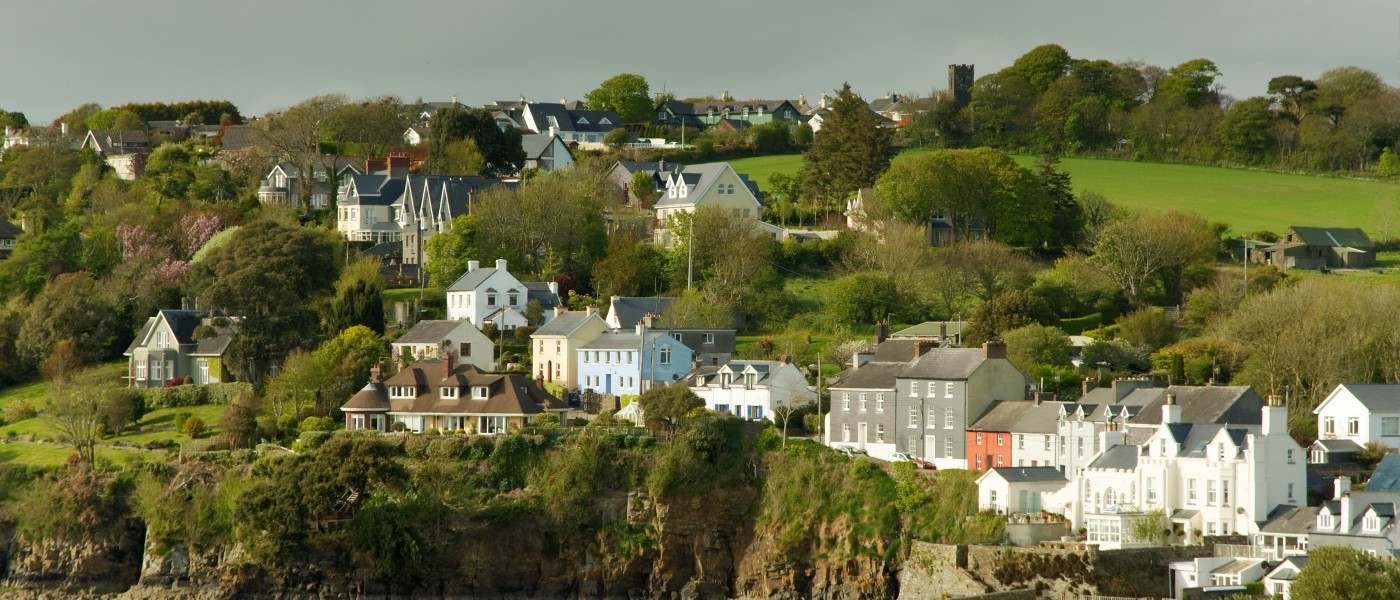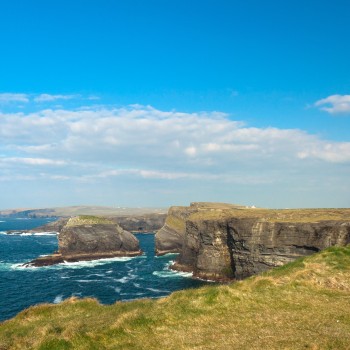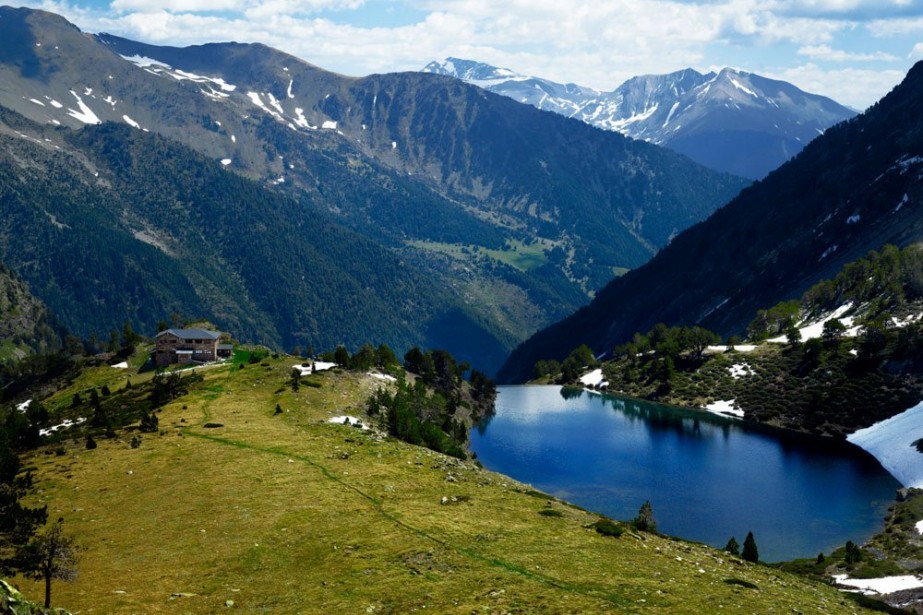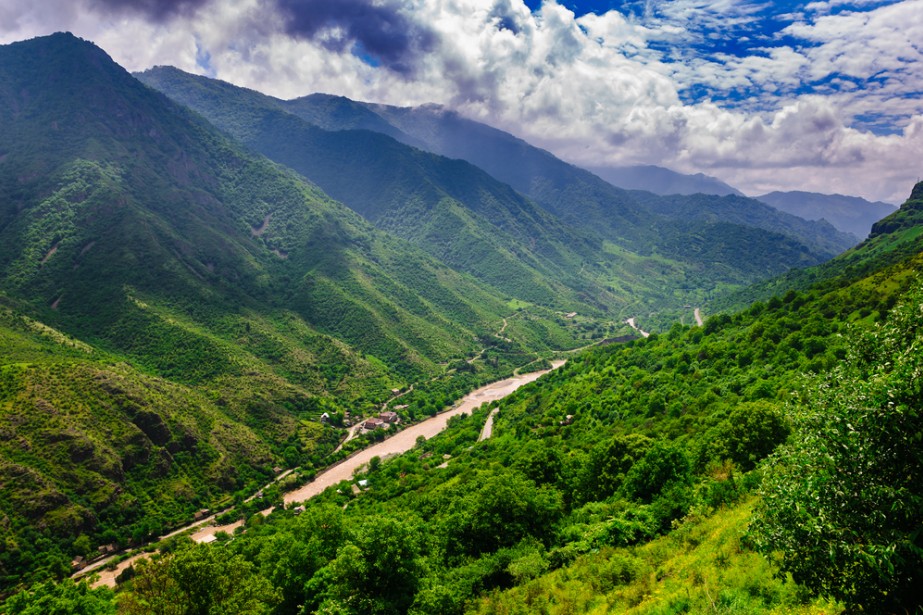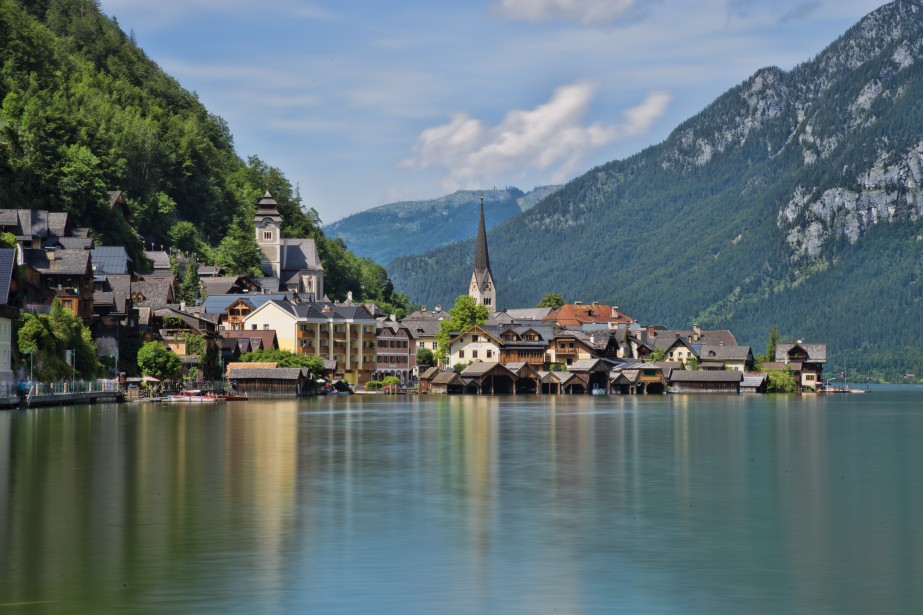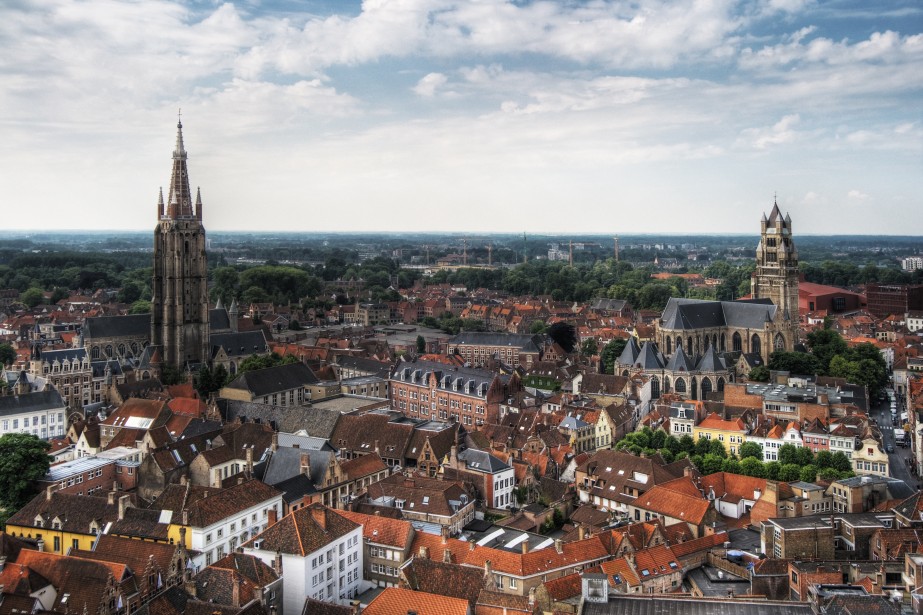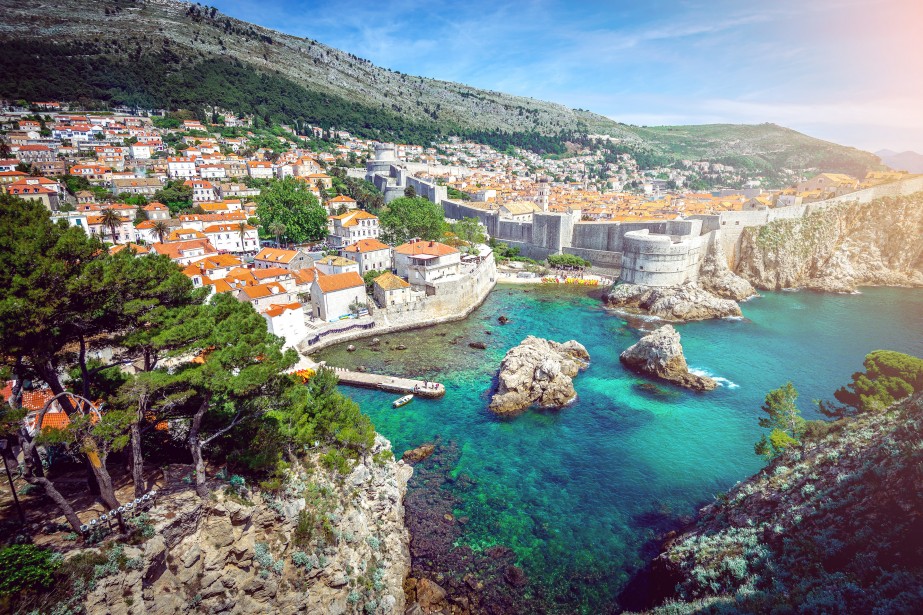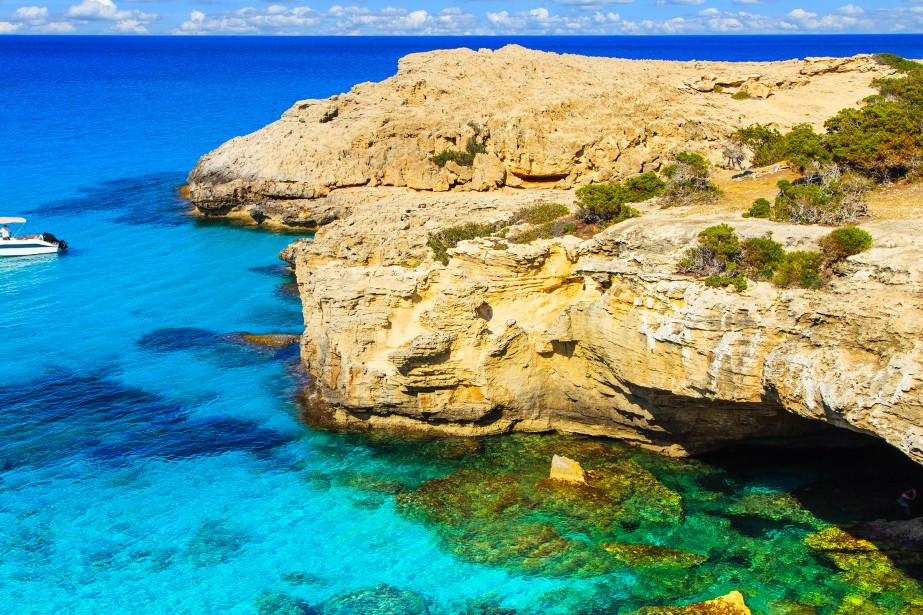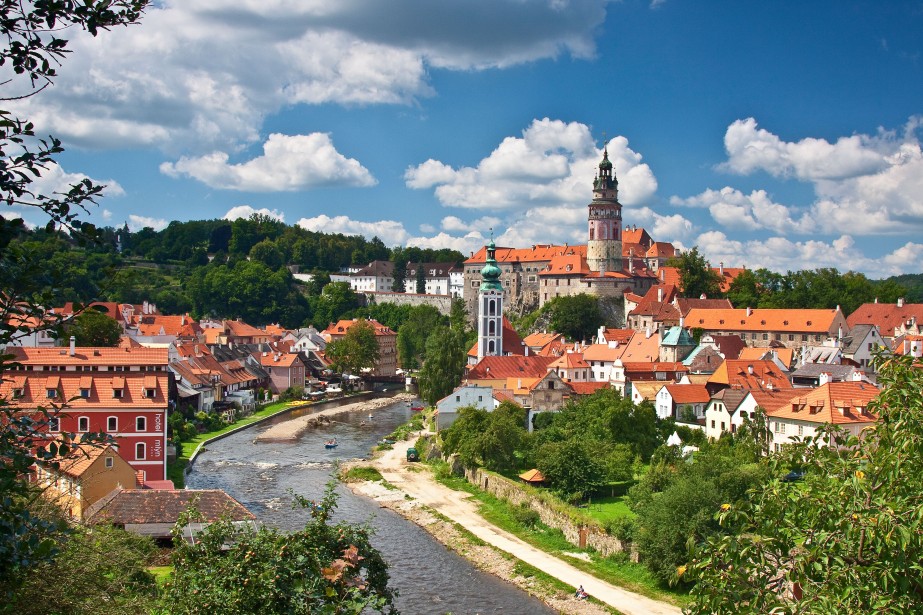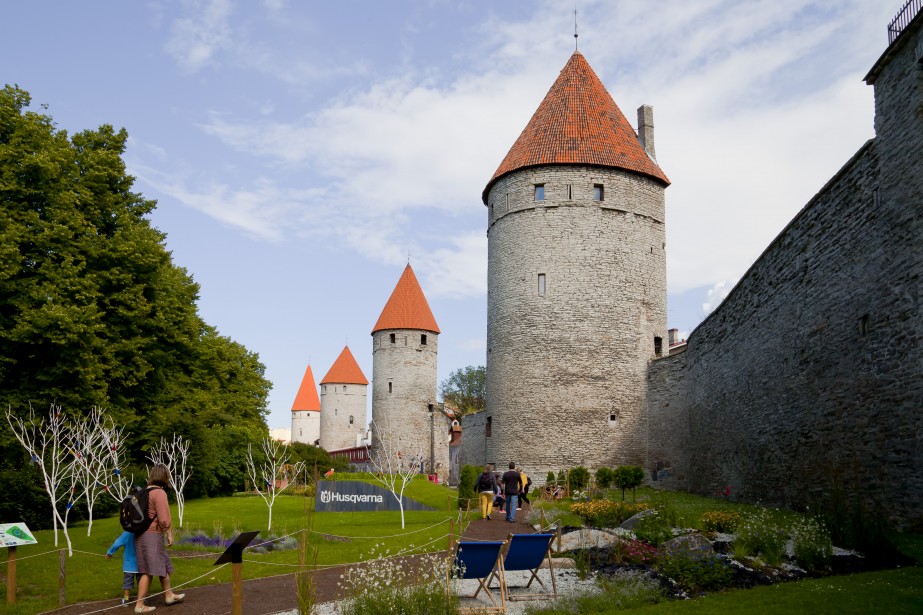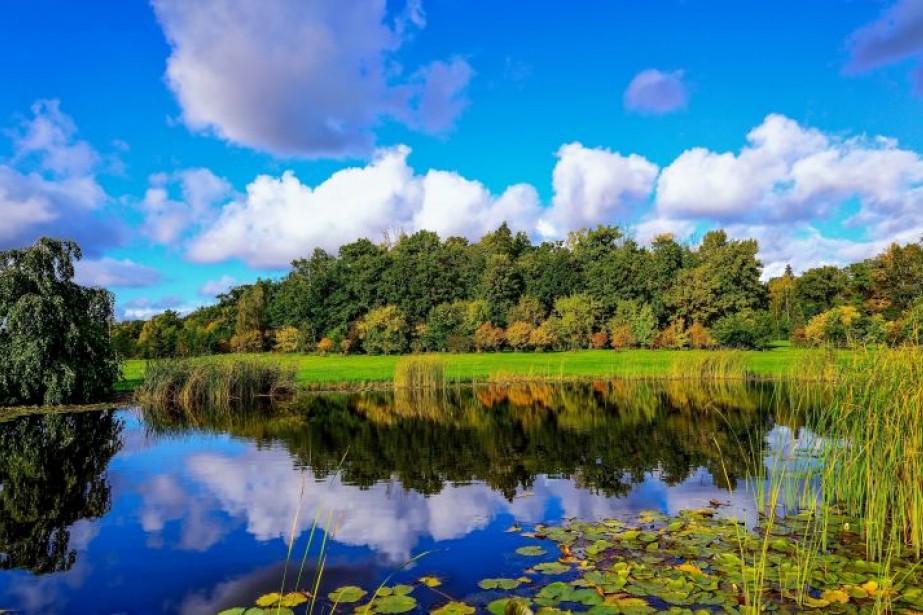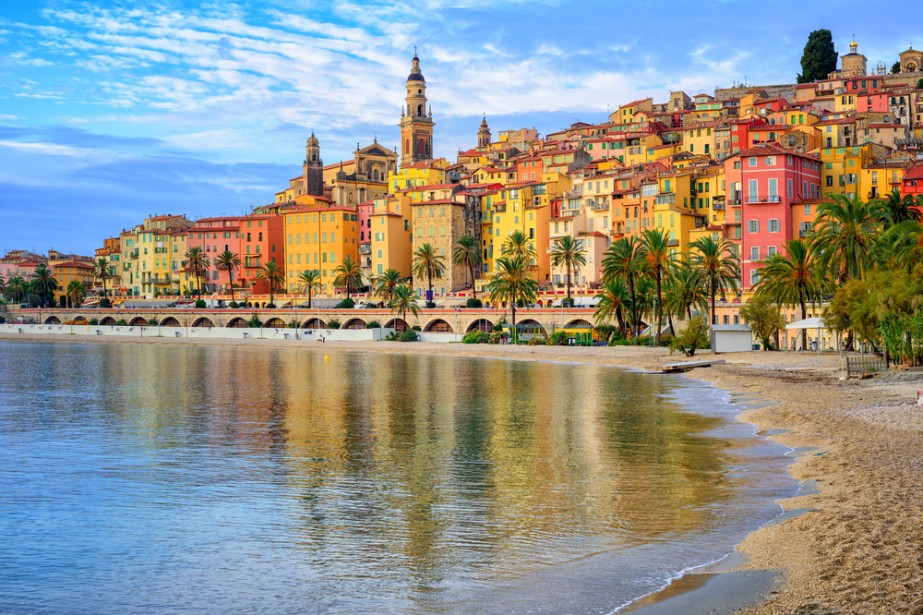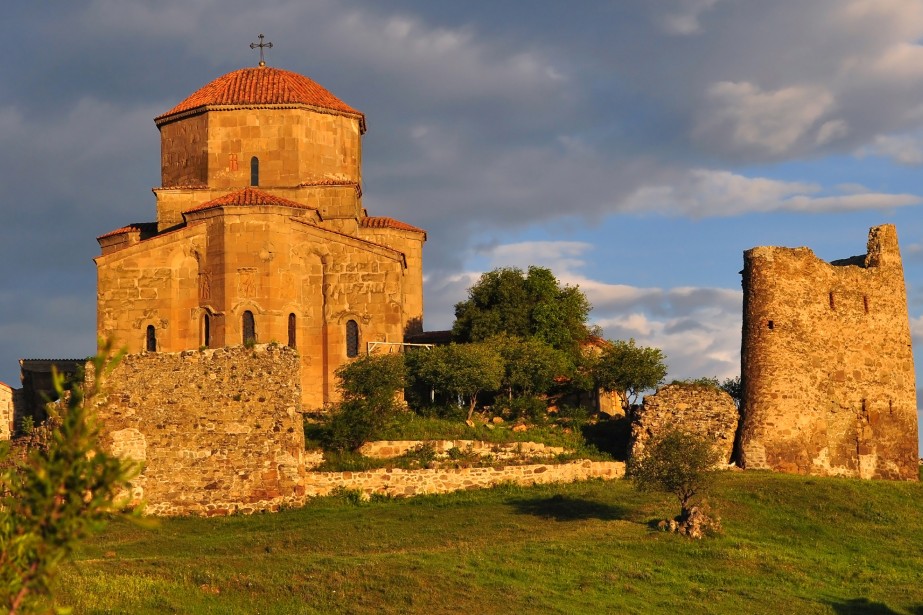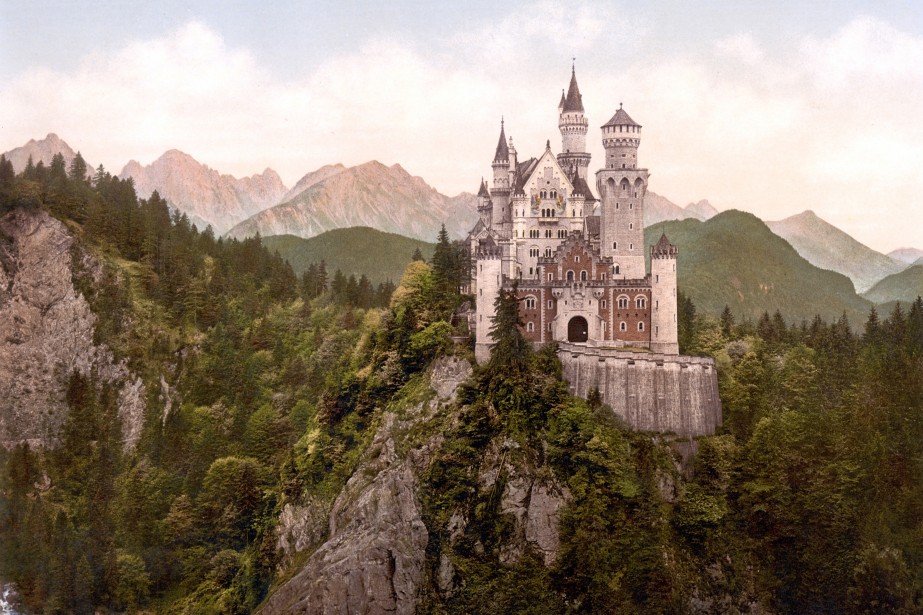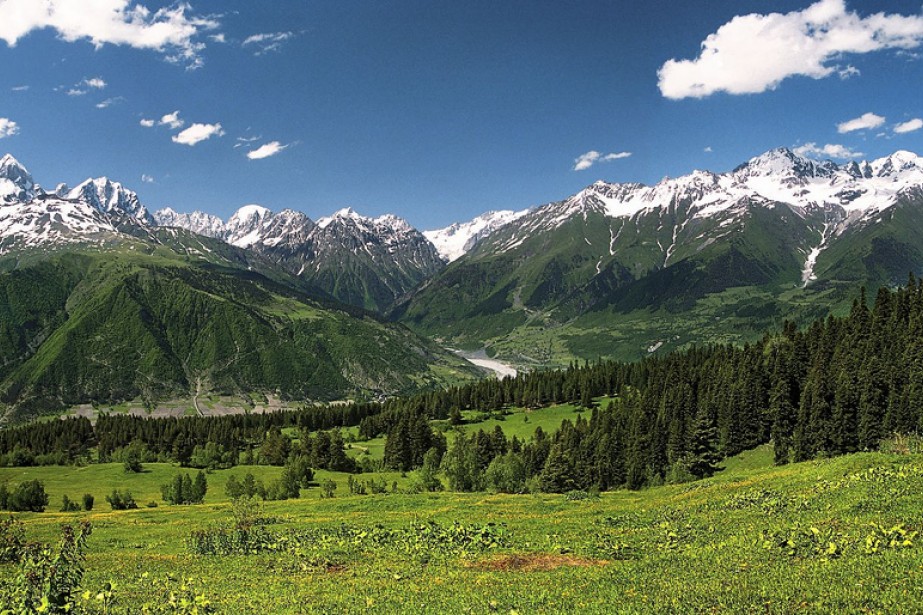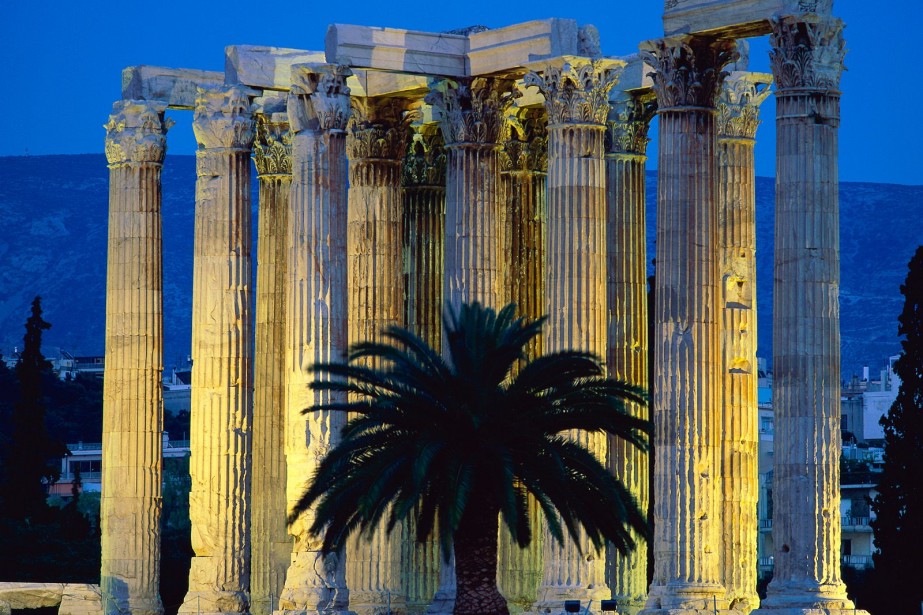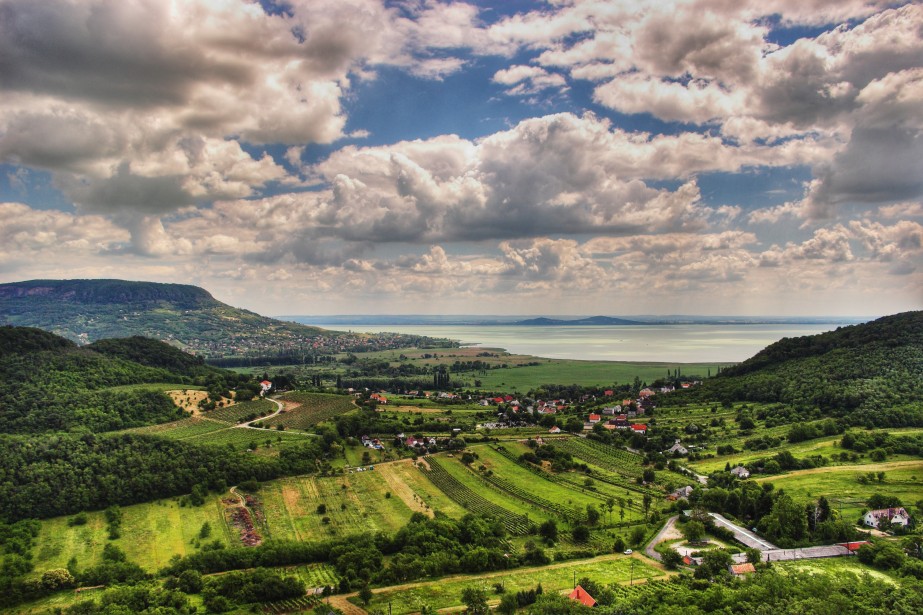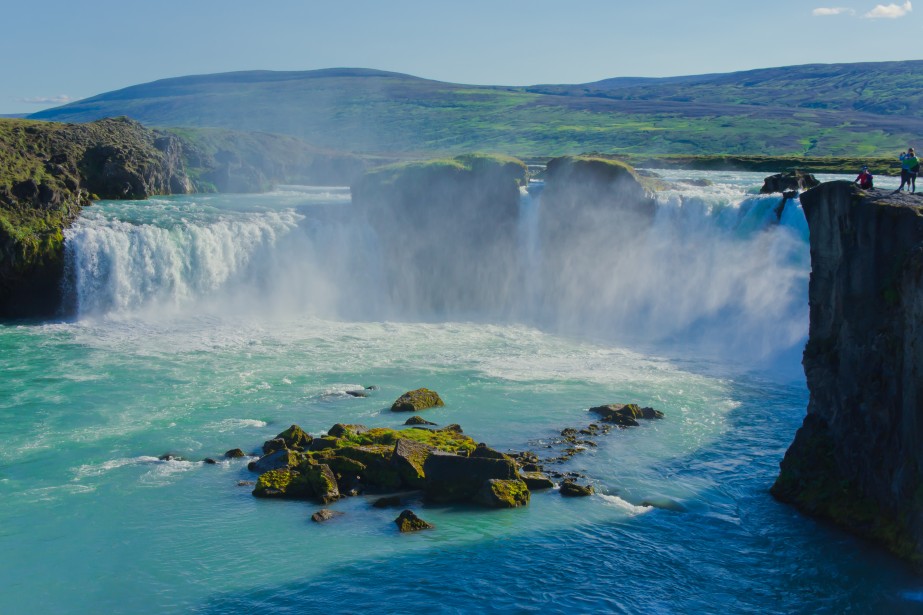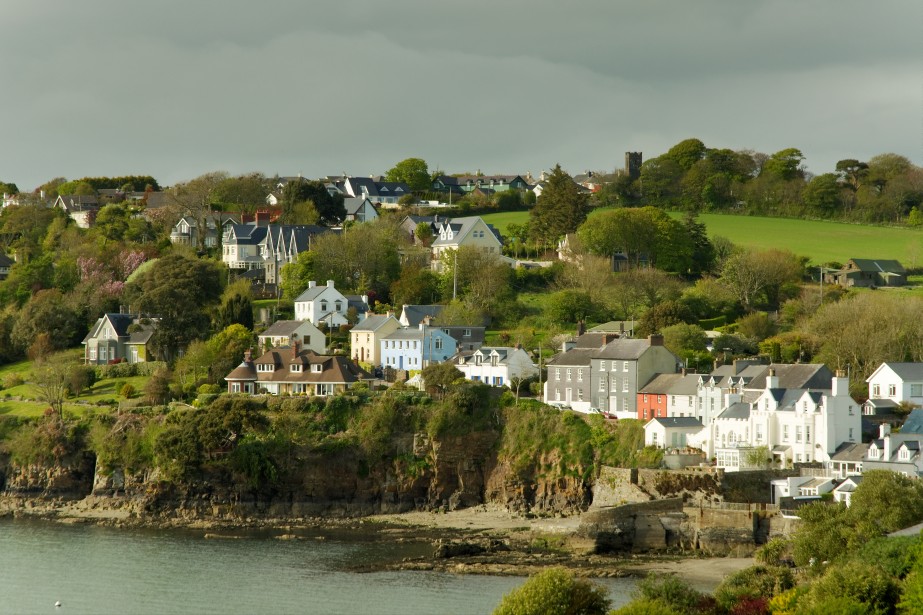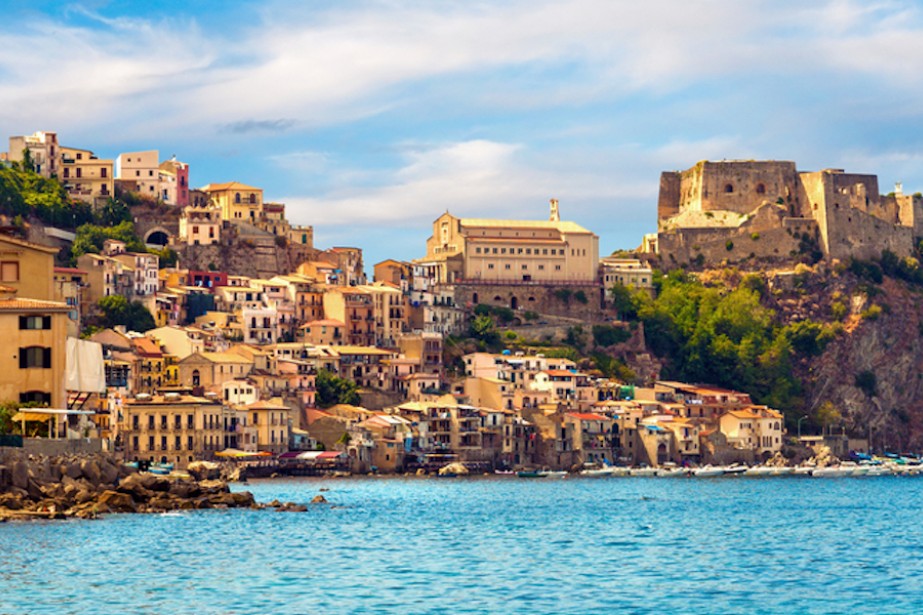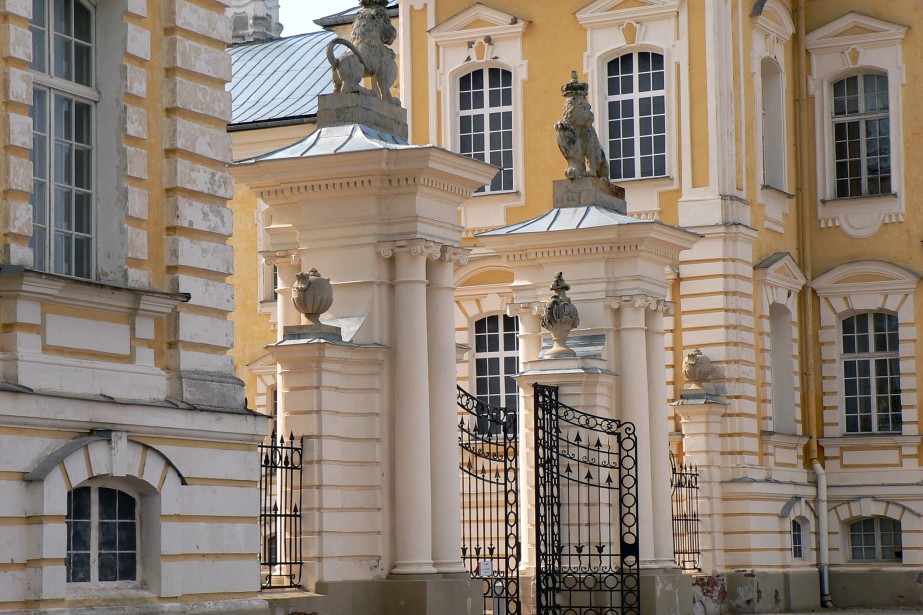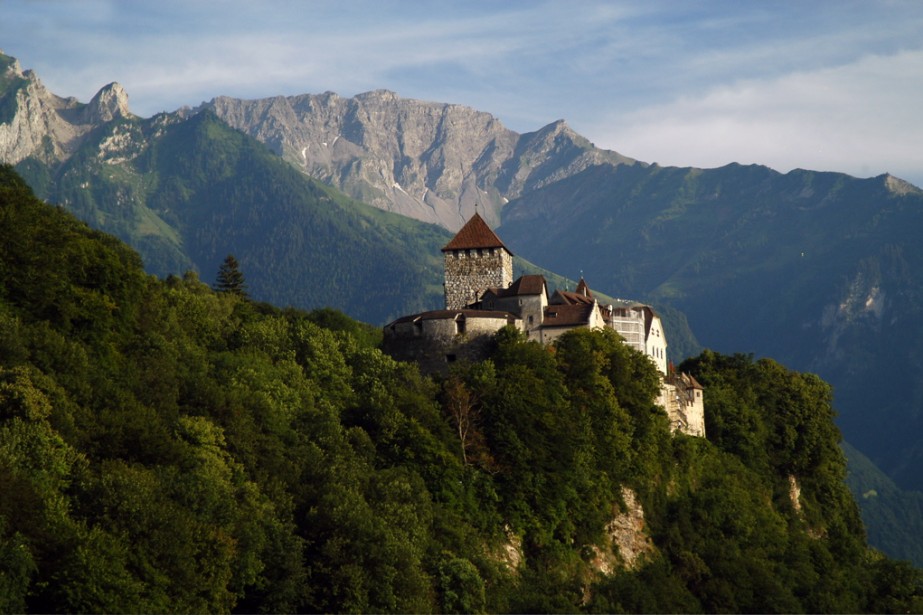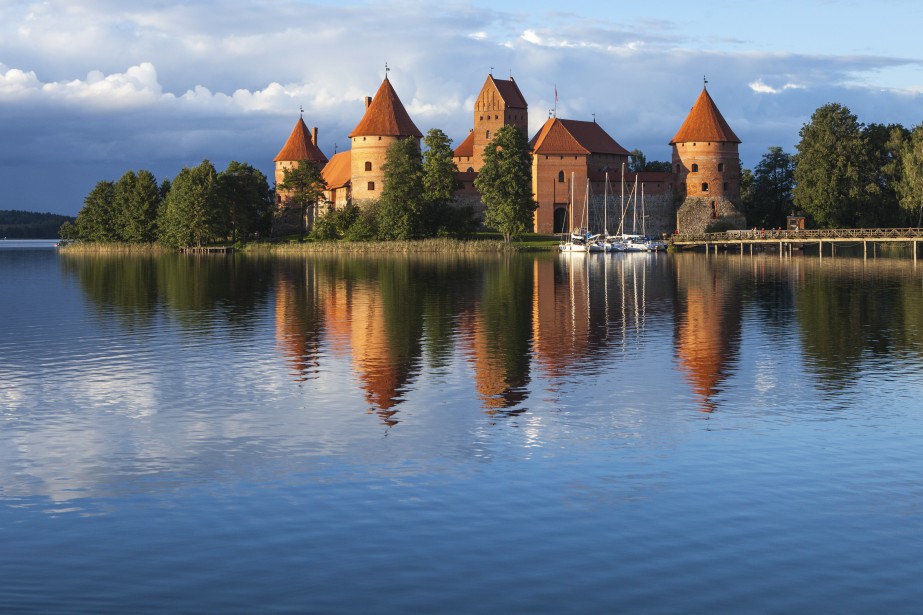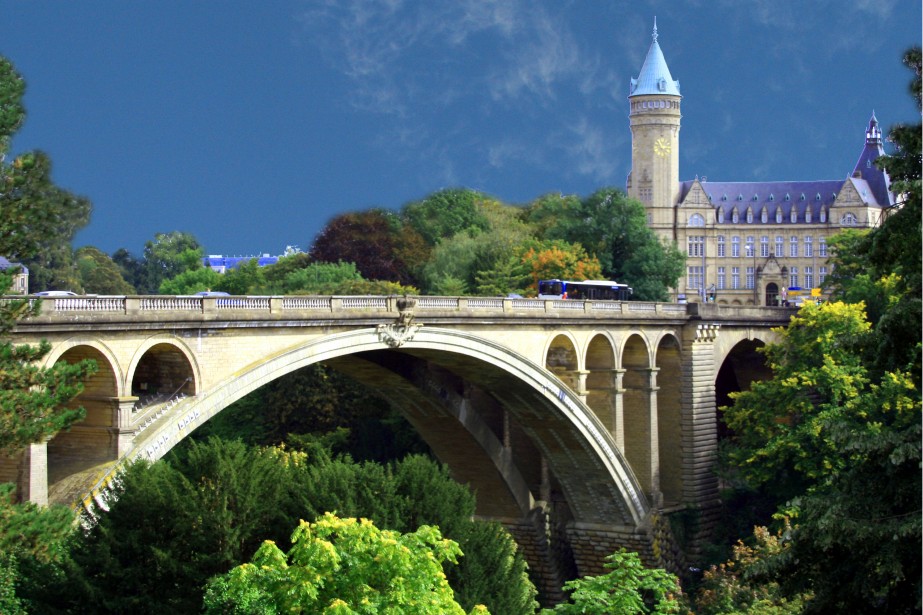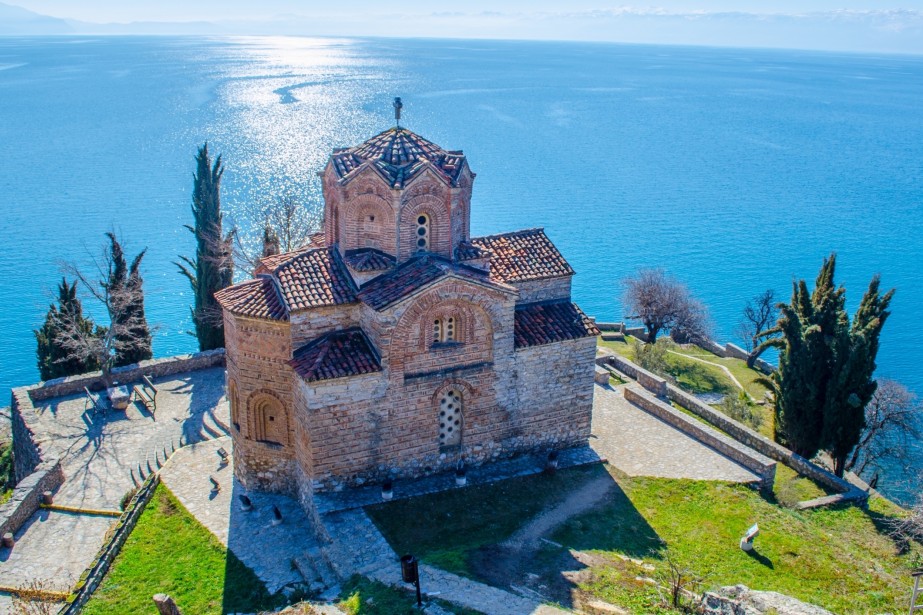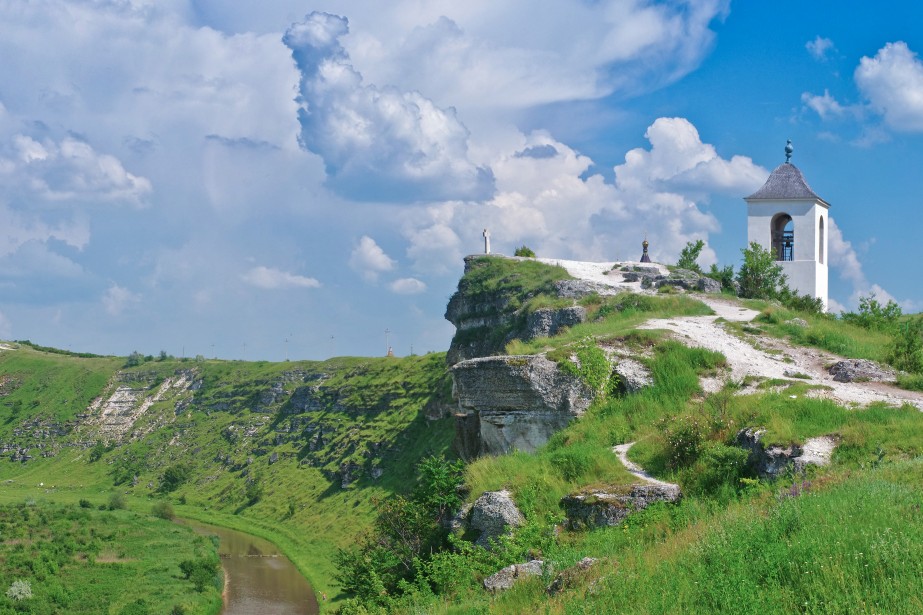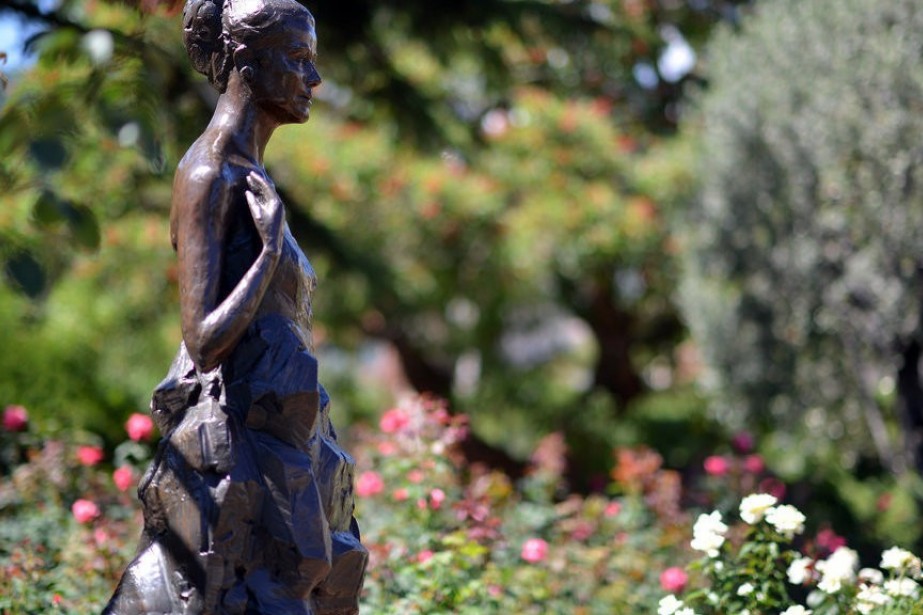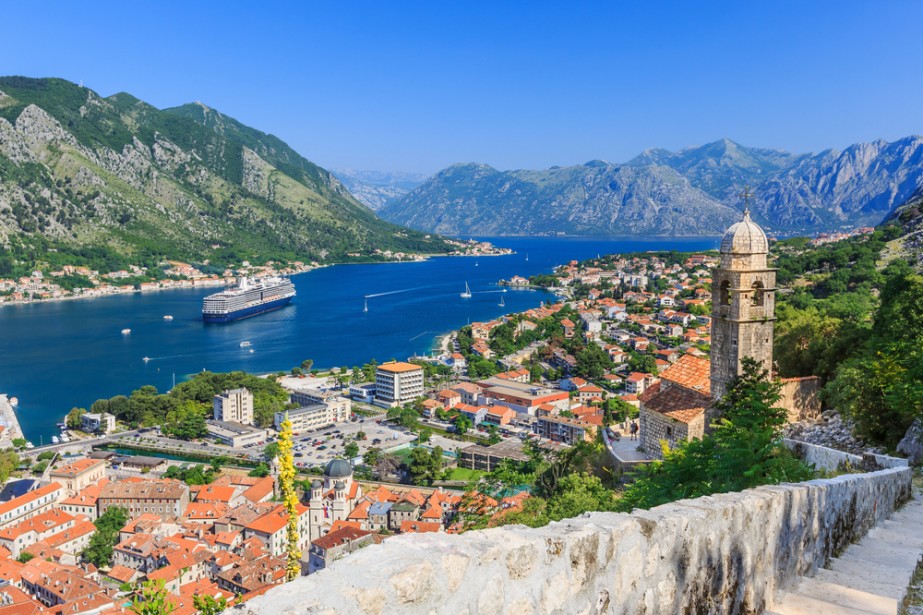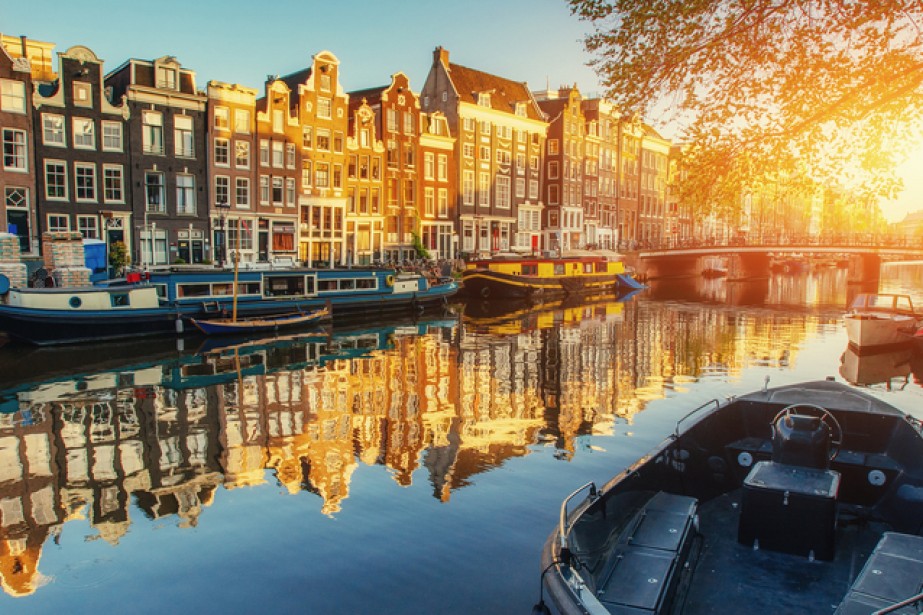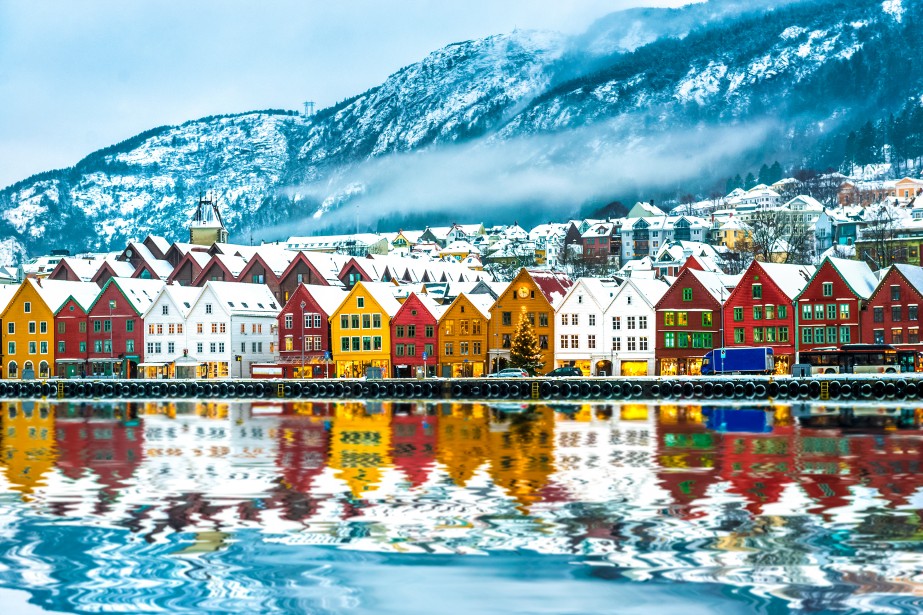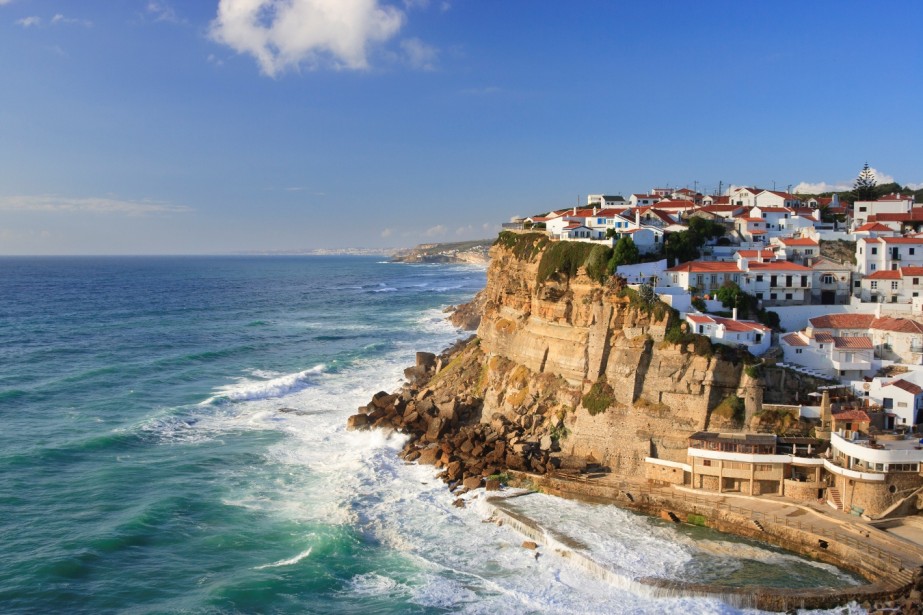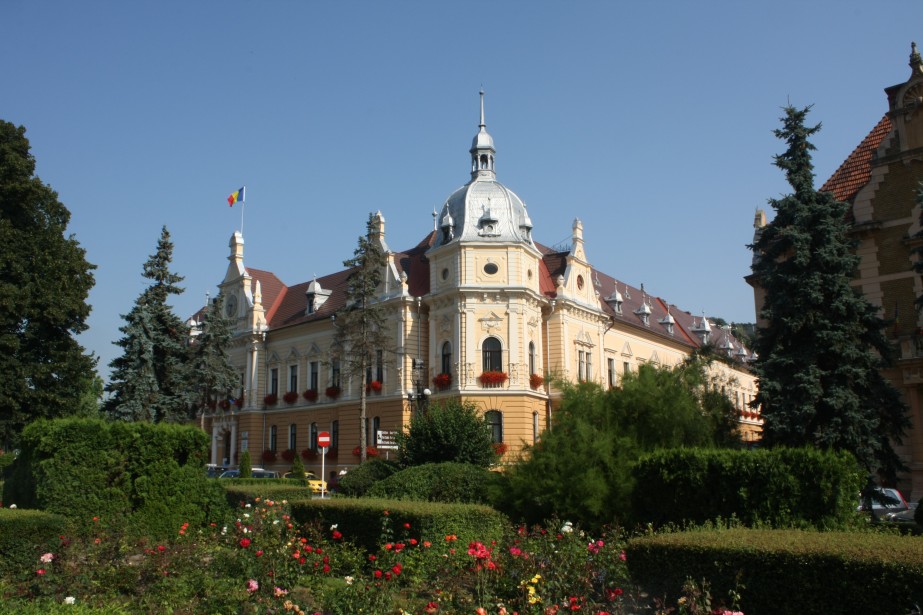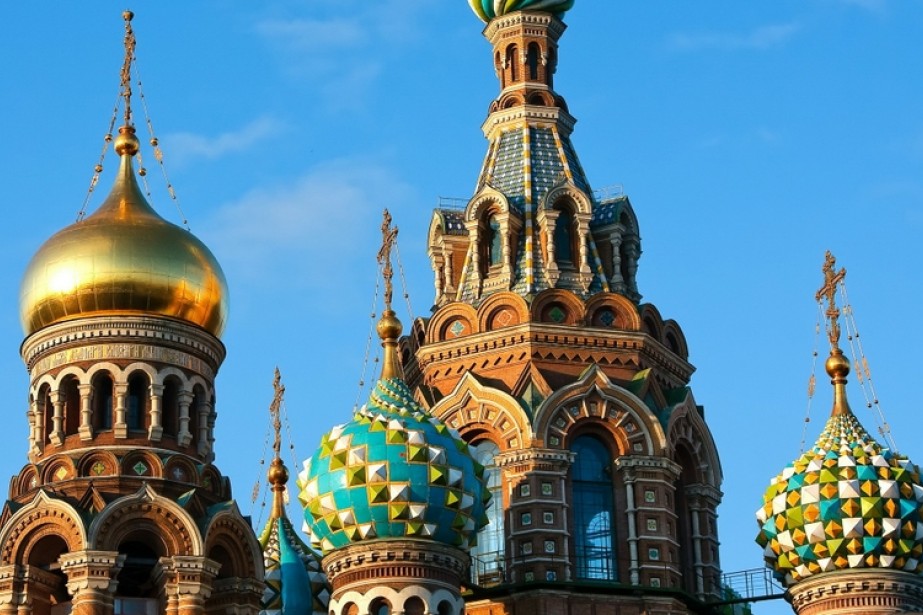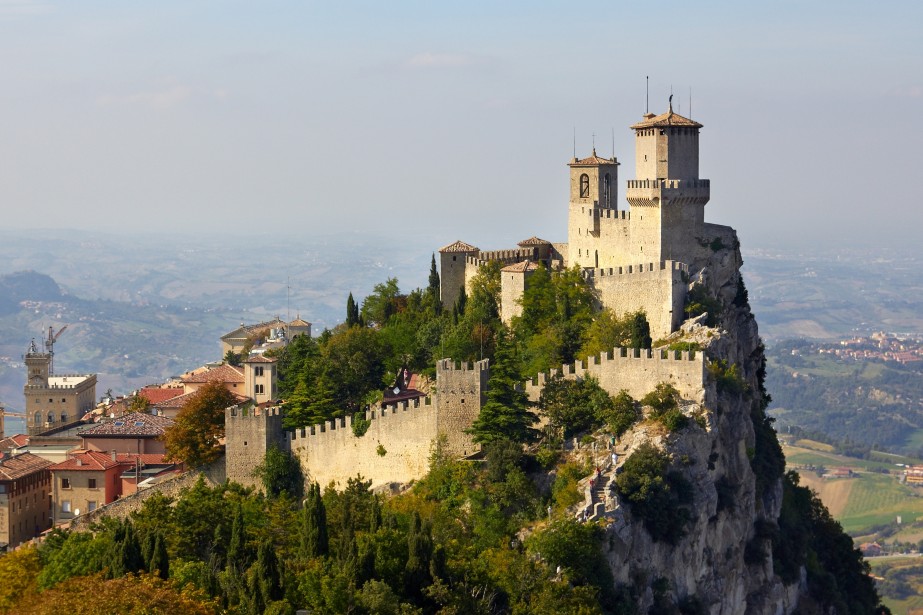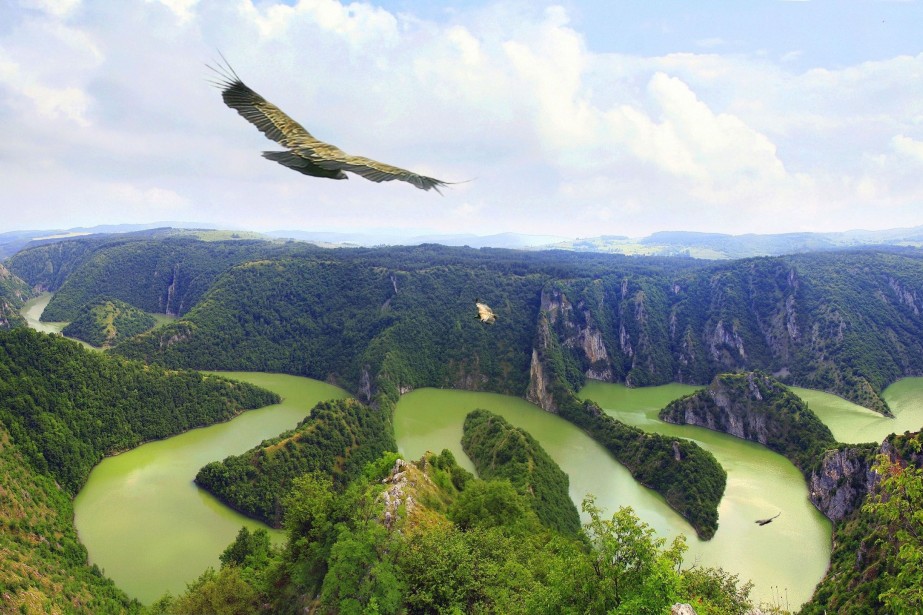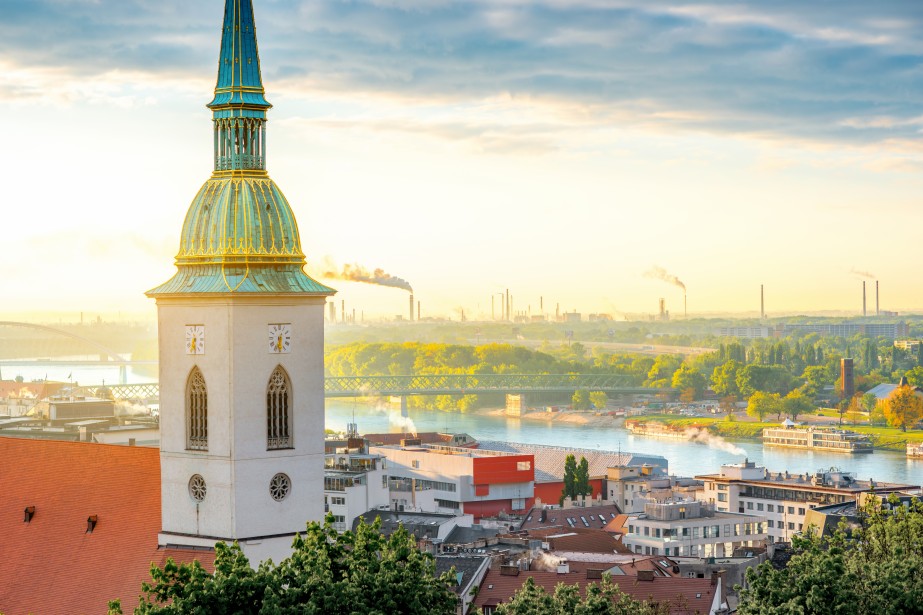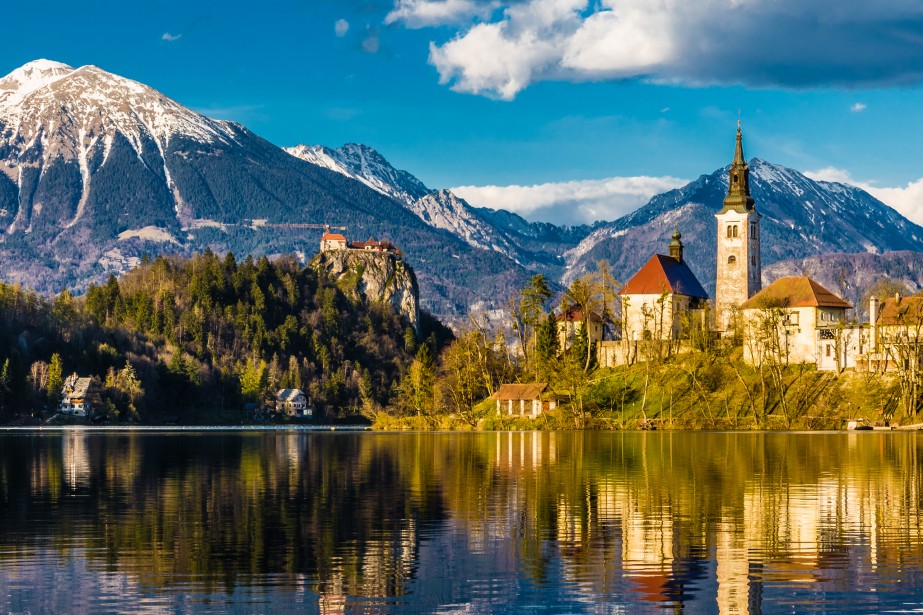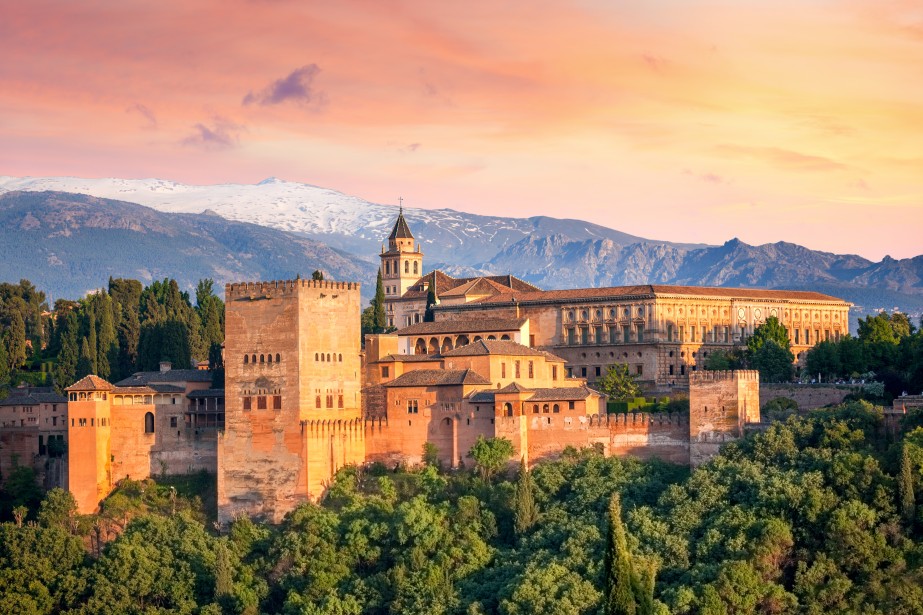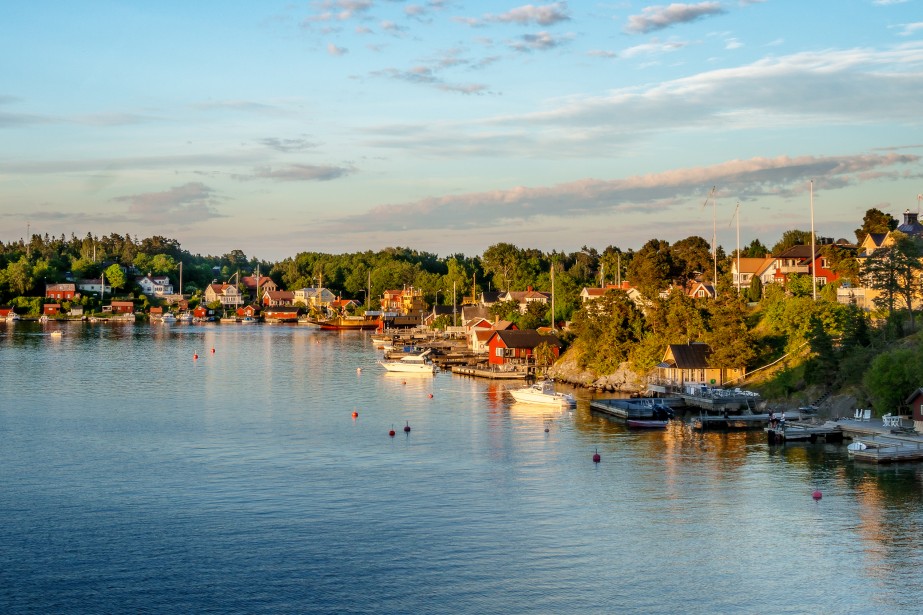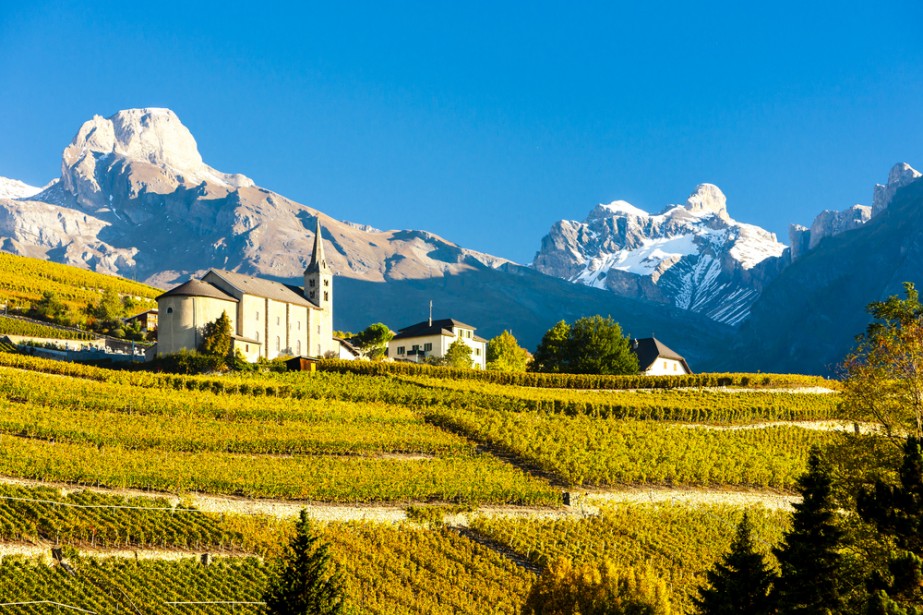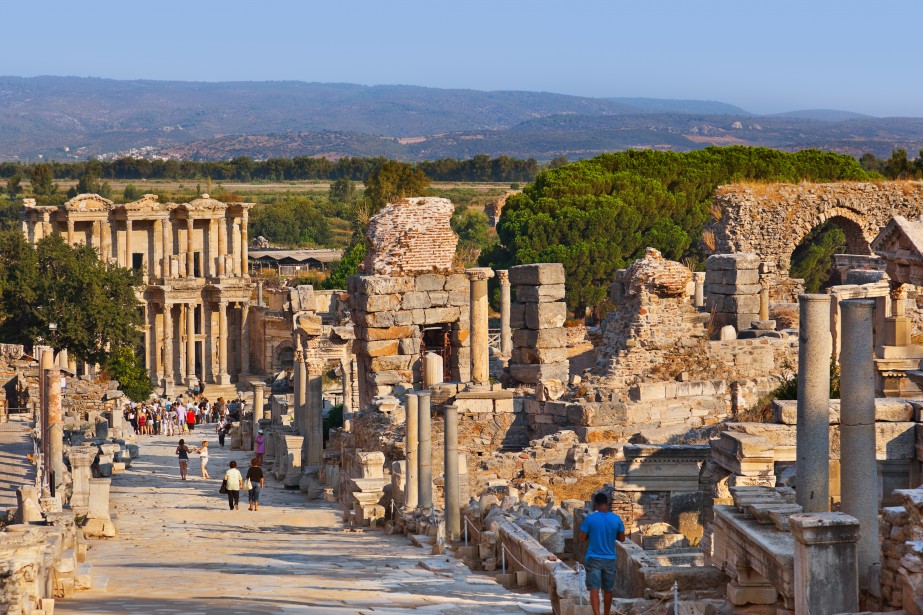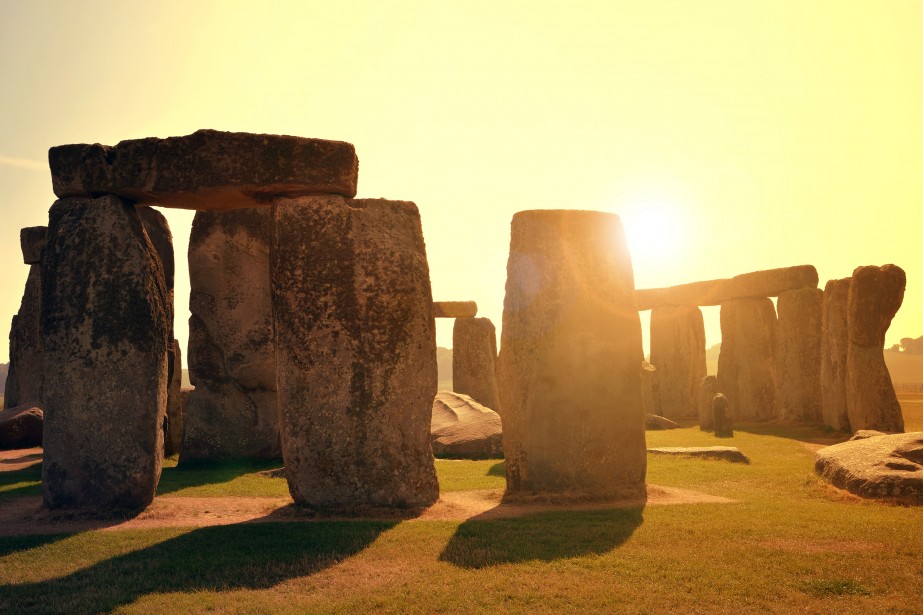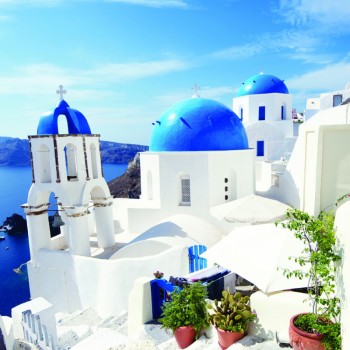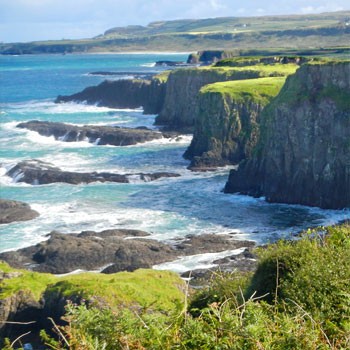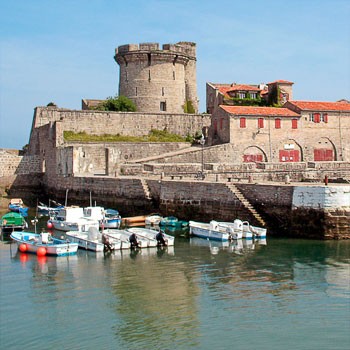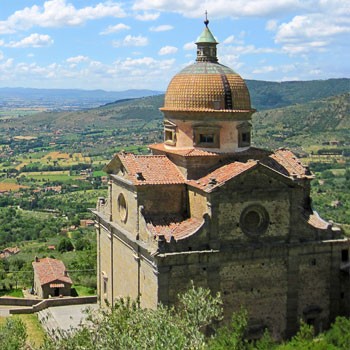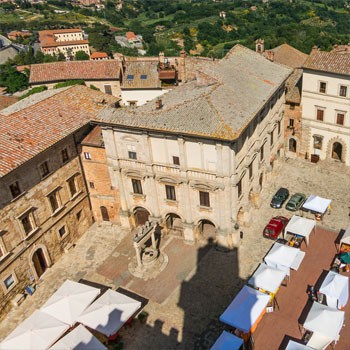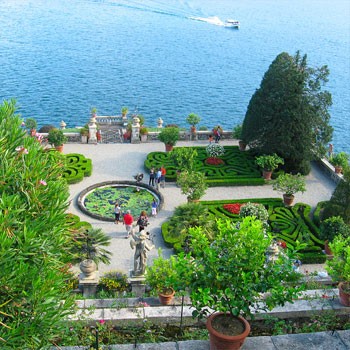Submitted by Pip Strickland on August 24, 2016
Overview
Ireland is located to the west of Great Britain in the North Atlantic Ocean and has retained a unique and enchanting culture within its beautiful cities, spectacular landscapes and folk legends. The capital Dublin has a rich literary heritage amidst its world renowned pub scene, while to the north Ireland’s long-established history is on vivid display at the Neolithic site of Brú Na Bóinne.
For many visitors, it is exploring the rural countryside of Ireland that leaves them enthralled. From the awe-inspiring Cliffs of Moher to the windswept Aran Islands and the magnificent Ring of Kerry route, there is endless opportunity to hike, cycle and immerse yourself in the “Emerald Isle’s” great outdoors.
When to travel - weather
Ireland’s weather can be wild and unpredictable, no matter which time of year you visit. The west coast is exposed to the Atlantic and can be particularly blustery, while it rains on average around 150 days of the year.
The winter months of December through to February are the coldest and wettest, with short days that are not ideal for sightseeing, particularly if you want to visit Ireland’s natural wonders. July and August are the warmest months and also the busiest, when European and North American tourists are on their annual vacation. But if you opt to travel between April and June you will see far fewer crowds at the major tourist attractions and benefit from what are generally the driest months.
Food and drink
Ireland’s cuisine shows an influence from not only the crops grown in its temperate climate soils, but also the social conditions of the country throughout history. From the Middle Ages, milk-producing cattle were a feature of the Irish countryside and often equated to the wealth of an individual. The result was a diet rich in milk and non-beef meats, such as pork and chicken. This was also the period that the breakfast staple “black pudding” originated, with the blood of cattle mixed with grain.
But after the introduction of the potato in the 16th century and a period of intense poverty, the Irish diet shifted to being based solely on potatoes and milk. Many Irish national dishes originate from this period, with rustic stews, boxty potato pancakes and colcannon (mashed potatoes with cabbage).
The re-emergence of artisan producers has seen the development of a New Irish Cuisine, featuring traditional soda bread, cheeses and smoked fish. Look for the Good Food Ireland sign outside restaurants and cafes which indicates they are dedicated to using local and seasonal Irish produce.
But Ireland is perhaps most famous for its stout, particularly Guinness, and visiting the Guinness Storehouse in Dublin is an opportunity to not only watch its production, but sample the final result. Irish whiskey is also popular amongst locals and the country once produced a vast majority of the world’s whiskey.
Popular vacation spots
Dublin - Situated on the banks of the River Liffey, the pulsing capital Dublin is a vibrant starting point on any Ireland itinerary. It’s home to Ireland’s oldest university at Trinity College and a legendary pub scene where traditional music and local banter combine for unforgettable evenings. Take a tour of the Guinness Storehouse to see how Ireland’s most famous brew is made, relax in the tranquil surrounds of St. Stephen’s Green and delve into Irish revolutionary history at Kilmainham Gaol.
Killarney - Home to historic streets lined with colorful shopfronts, Killarney in the country’s southwest is a charismatic base for exploring the nearby Killarney National Park. This designated UNESCO Biosphere Reserve was Ireland’s first national park, home to rugged mountain peaks, oak and yew woodlands, and the magnificent Lakes of Killarney. Trek to witness the impressive Torc Waterfall and spot Ireland’s only herd of red deer, then wander the traditional gardens of the 19th-century Muckross House.
Cork - With a unique setting in the middle of the River Lee, Cork lies in Ireland’s south and is the country’s second-largest city. St Patrick’s Street carves through the center, lined with impressive Georgian mansions, while canals and waterways create a Venetian feel in the historic surrounding streets. Don’t miss the elaborate Gothic architecture of Saint Fin Barre’s Cathedral or taking in the city panorama from the 17th-century Elizabeth Fort, then shop for local artisan produce at the lively English Market.
The Cliffs of Moher - Located along Ireland’s Wild Atlantic Way coastal drive in County Clare, the Cliffs of Moher are one of the country’s most outstanding natural sights. They stretch for 8 kilometers along the coast and at their highest point rise 214 meters from the crashing Atlantic waters below. From the walking trail above, the spray can be felt amidst the roar of the ocean, and on a clear day you can see all the way across to the Aran Islands in Galway Bay.
Glendalough - The glacial valley of Glendalough, located in County Wicklow, remains one of Ireland’s most important monastic sites. It was established in the 6th century by St. Kevin, eventually evolving into what is known as the Monastic City, with its 30-meter high Round Tower, Cathedral and stone-roofed St. Kevin's Church. In addition to its rich religious history, Glendalough boasts stunning scenery and plenty of nature trails to wander through the surrounding woodlands and lakes.
Powerscourt Estate - Located just to the south of Dublin in County Wicklow’s small village of Enniskerry is the magnificent Powerscourt Estate. A castle was originally established here in the 13th century, but it wasn’t until the 18th century that most of the current design was built by German architect Richard Cassels. Today the former Palladian residence houses numerous retail shops and cafes within its interior, while the landscaped gardens, laid out over a period of 150 years, are the main draw for many.
Dalkey - Founded as a Viking settlement and emerging as an important Middle Ages port, the charming seaside resort of Dalkey is located just to the south of Dublin. It has long lured writers and artists, including James Joyce and George Bernard Shaw, who found inspiration in its charismatic streets and picturesque setting. It’s an ideal base for spectacular coastal walks and ambles to take in the views from Killiney Hill, while the Dalkey Castle and Heritage Center provide a unique insight into 15th-century living.
The Aran Islands - Located in the mouth of Galway Bay on Ireland’s wild west coast, the three Aran Islands rose to fame following the 1934 documentary film, Man of Aran. Named Inishmore, Inishmaan and Inisheer, the Aran Islands are rugged and windswept, with a hardy population who speak Gaelic as their first language. In addition to its breathtaking beauty and remote location, ancient stone forts, 14th-century castles and the world’s smallest church, Teampull Bheanáin, are just some of the many attractions.
The Ring of Kerry - The 179-kilometer Ring of Kerry winds through some of Ireland’s most impressive scenery in County Kerry, looping along breathtaking Atlantic Ocean coastlines and through rugged mountain ranges. While you can easily do the route in one day, the Ring of Kerry is best spread over a few, with lots of charming villages to spend the night, ancient monasteries and fortifications to explore, and plenty of outdoor activities, including walking, horse riding and fishing.
The Rock of Cashel - Located in County Tipperary, the Rock of Cashel is a collection of Medieval buildings perched upon a limestone outcrop in the Golden Vale. It served as the seat of both kings and churchmen who ruled over the region throughout history, with its 12th-century round tower, 13th-century Gothic cathedral and 15th-century castle among its most impressive structures.
Brú Na Bóinne - Located in County Meath to the north of Dublin, Brú Na Bóinne dates to the Neolithic period, around 5,000 years ago, and is considered an outstanding legacy of scientific and astronomical knowledge. It includes chamber tombs, standing stones and henges which predate Stonehenge, together with the Newgrange passage tomb which illuminates with sunlight during the winter solstice.
Practical information
Language
Ireland’s official languages are Irish and English, with the latter more widely spoken today. Irish was once the mother tongue of the Irish people for more than 2,000 years, spreading to Scotland where it evolved into Scottish Gaelic and the Isle of Man where it became Manx. Although Irish is a compulsory subject in most schools, it is only really spoken today in the west of the country, with English (introduced during the Norman invasion) now more prolific.
Money
Ireland’s currency is the Euro, with the best exchange rates on offer in banks and a few exchange bureaus open in the bigger cities outside of normal business hours. ATMs are widespread throughout the country, while credit and debit cards can now be used to pay for most goods and services, except in remote rural areas.
Health and Safety
Crime levels in Ireland are largely confined to urban areas, with some petty thieving which targets tourists. Don’t leave valuables visible in your car and always keep your belongings close by. There are certain areas of the inner city where crime can be a problem, so check with your accommodation and always be vigilant, particularly if walking around after dark.
Ireland has reciprocal health agreements with many countries which entitle their citizens to free health care (emergency hospital and some GPs), so check your country’s arrangement before departure. Medical care is of a high standard in Ireland, but always travel with insurance to cover all medical costs and repatriation.

